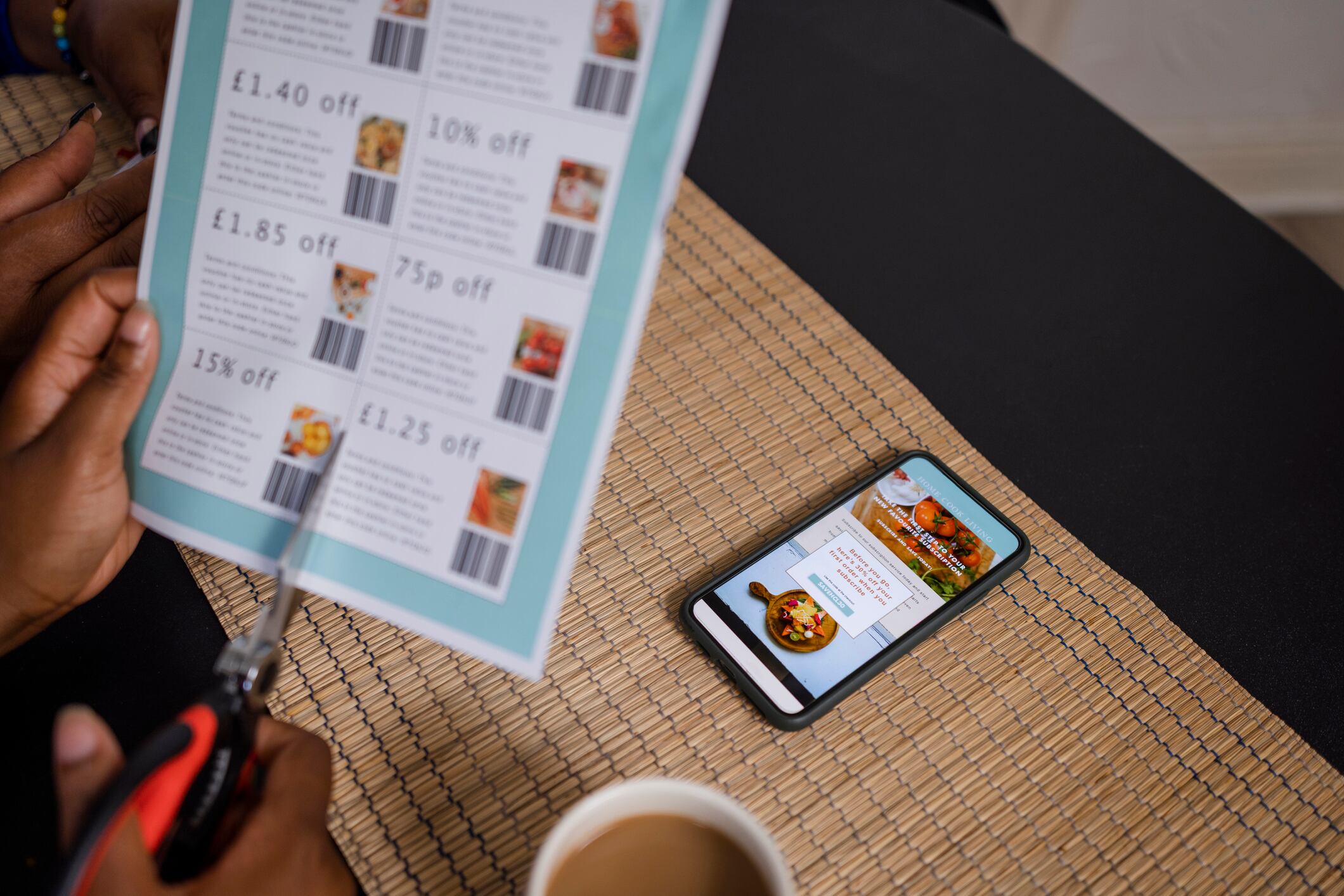As consumer sentiments towards inflation drive their shopping habits, loyalty programs subsequently built on consumer price perception, seasonality and purchasing habits can help brands and retailers build sustainable customer retention initiatives.
Customized communications on promotions, coupons drive purchasing decisions
Over half (59%) of shoppers are more likely to purchase a specific brand at a specific retailer if they receive customized content (i.e. promotions and coupons) for that brand or retailer. And, given that 32% of shoppers identify themselves as brand loyal and 45% as retailer loyal, there is an opportunity for brands and retailers to uncover underlying shopping behaviors and preferences to better meet the needs of consumers.
For example, Rachel McFadden and Mike Orzali, strategic media planning experts with 84.51°, explained via email to FoodNavigator-USA that the coupon page on Kroger.com saw 92% more page views since March 2022 -- underscoring the value coupons have on shoppers’ decisions.
Retailers offering communication and marketing channels to brands can also strengthen customer engagement and increase visibility and sales of their products.
In terms of Kroger’s initiatives, McFadden and Orzali explained that brands are working with Kroger to develop messaging around food saving solutions: “Brands have been messaging shoppers via Kroger Precision Marketing’s programmatic and social channels with hacks and recipes for shoppers to save money. For example, one campaign showcased creative ways to use leftovers.”
‘Messaging based on price perception’
Kroger made it easier for customers to find promotions and coupons on its website by arranging savings and payment methods on the home page, displaying yellow tags (denoting a sale item), available coupons and SNAP EBT eligibility while shopping, and alerting shoppers of savings via the Kroger app and email notifications.
Navigating consumer price perception is key in implementing an authentic, effective communication strategy.
“While there are many merchandising and discount-centric programs deployed, one specific solution for advertisers is to nuance their messaging based on price perception,” explained McFadden and Orzali.
When customers overestimate price increases, brands and retailers can emphasize affordability, competitive pricing, and value. Conversely, when shoppers who underestimate price, brands and retailers will need to focus on messaging that highlights quality, specific product attributes and a dining experience.
“While prices have increased most significantly in dairy, pet food, frozen food, drinks, and cereal year over year, shoppers perceived fresh items (dairy, produce, deli/meat/seafood) to have the most noticeable price increases,” McFadden and Orzali explained, highlighting the significance of brands and retailers translating consumer price perceptions into actionable messaging that encourages shoppers to return.
‘The most obvious answer here is to continue offering savings’
As 70% of respondents seek more sales, promotions and coupons, “the most obvious answer here is to continue offering savings.” Product seasonality and purchasing cycles are also critical for brands to drive the efficacy of an offer, McFadden and Orzali added.
Loyal shoppers drive the most return on ad spend (ROAS) for any given campaign, according to the report.
“It is paramount to retain and reward shoppers in addition to acquiring new households,” McFadden and Orzali emphasized.
Retaining and rewarding existing brand loyal customers while seeking new households, such as shoppers who are highly price-sensitive shoppers and buy competitive, low-cost brands, can drive most ROAS for any given campaign.
Yet, brands should still consider inflation in long-term strategies as 80% of shoppers believe inflation-driven grocery prices will continue for nine months or more.

